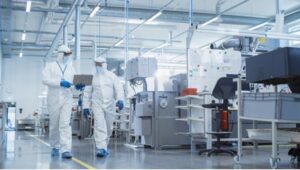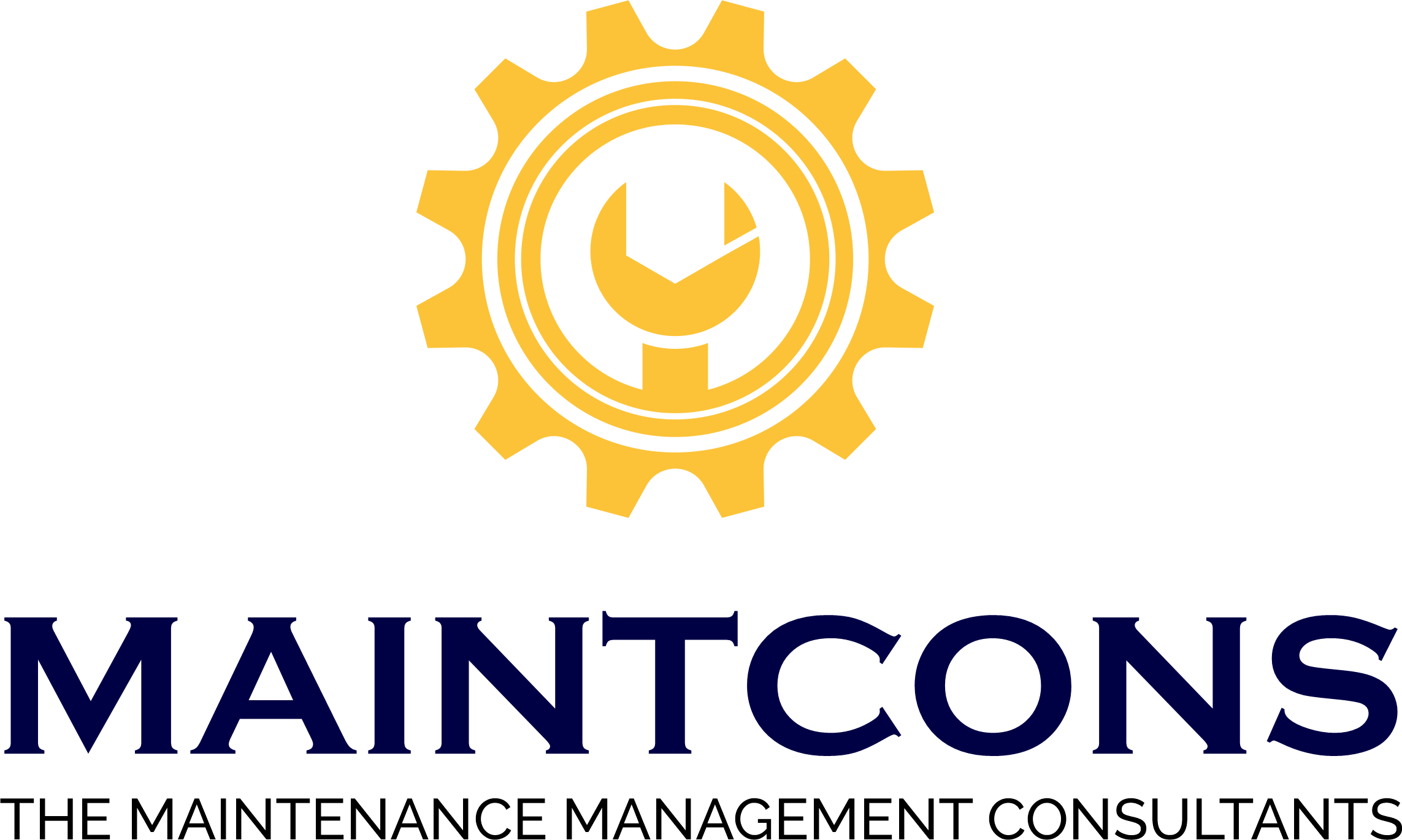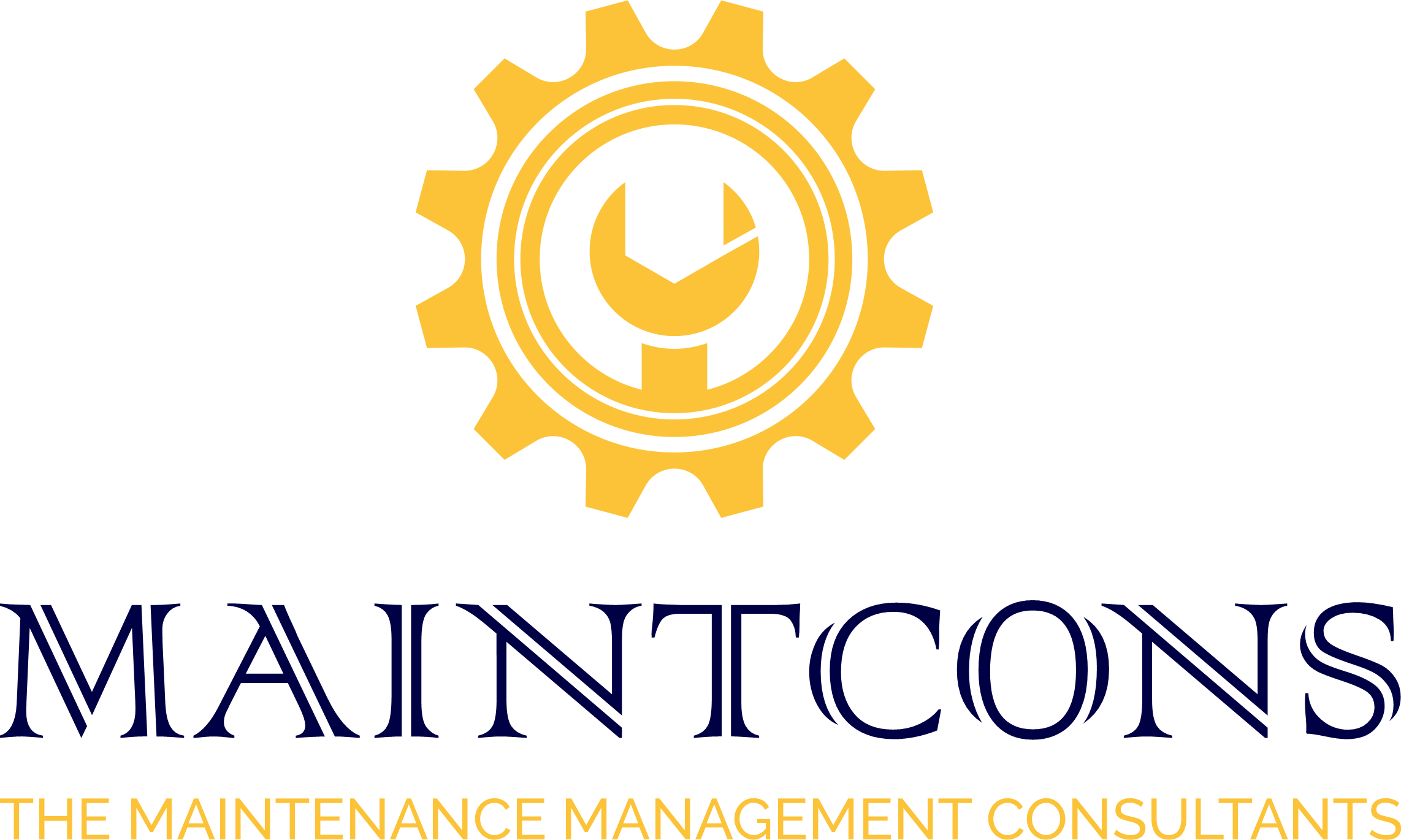

The pharmaceutical industry is seeking innovative strategies to enhance operations and surpass competitors all the time. However, the facilities maintenance still continues to be a major constraint.
This article covers how the pharmaceutical industry can increase the reliability and availability of equipment while managing the maintenance-related contamination risks through Effective Maintenance Planning and Scheduling.
Despite the continual shift towards predictive maintenance and related modern-day technologies, the pharmaceutical manufacturing sector continues to operate mostly in a reactive maintenance work culture. Reactive maintenance increases the risk of safety incidents, near misses, and contamination. Higher the number of breakdowns, corrective and preventive maintenance tasks; higher is the contamination risk. Furthermore, stringent regulations of FDA and cGMP mandate detailed recording of all the maintenance activities which is a cumbersome and exhaustive task.
Under the circumstances, the need of the day is to minimize the maintenance and also improve equipment reliability and availability side by side. Enter MPS – Maintenance Planning and Scheduling: an effective, proven, and cost-efficient solution to address these critical maintenance challenges.
Maintenance Planning and Scheduling is a disciplined approach to get the right work done by the right people using the right material and support services at the right time. It enables companies to move from reactive to planned maintenance thereby paving the way to establish a Reliability Culture.
Here are the significant benefits of adopting MPS methodology:
– **Reduction in Emergencies and Breakdowns**: MPS leads to an assured continual increase in productivity (Wrench Time) of the maintenance task force, even doubling it over a period of 1.5 yrs. to 2 yrs. Higher wrench time ensures higher schedule and preventive maintenance compliance promoting a steady reduction in emergencies and breakdowns.
– **Reduction in Rework**: Developing comprehensive job plans through proper job scoping, resource planning and job detailing improves quality of work execution thereby reducing rework and quick fixes.
– **Reduction in Maintenance Costs**: By increasing wrench time, reducing breakdowns and rework; MPS ensures better resource utilization, decreased MRO spares inventories and reduction in overtime.
– **Gains in Equipment Reliability and Availability**: With fewer breakdowns, improved schedule and PM compliance; there is a steady improvement in equipment reliability and availability. The maintenance work force also gets the required time to undertake much needed Preventive Maintenance Optimization (PMO) and Defect Elimination exercises thus enhancing the reliability and availability of the equipment further.
– **Minimization of Contamination and Safety Incidents**: MPS reduces breakdowns and rework. The maintenance planner also covers related safety issues and contamination risks while creating individual job plans. As a result, the probability of contamination and safety incidents gets reduced.
In conclusion, adoption of Effective Maintenance Planning and Scheduling not only helps improve equipment reliability and availability but also minimizes contamination risks and safety incidents in pharmaceutical facilities at no major capital investment.



Leave a Reply